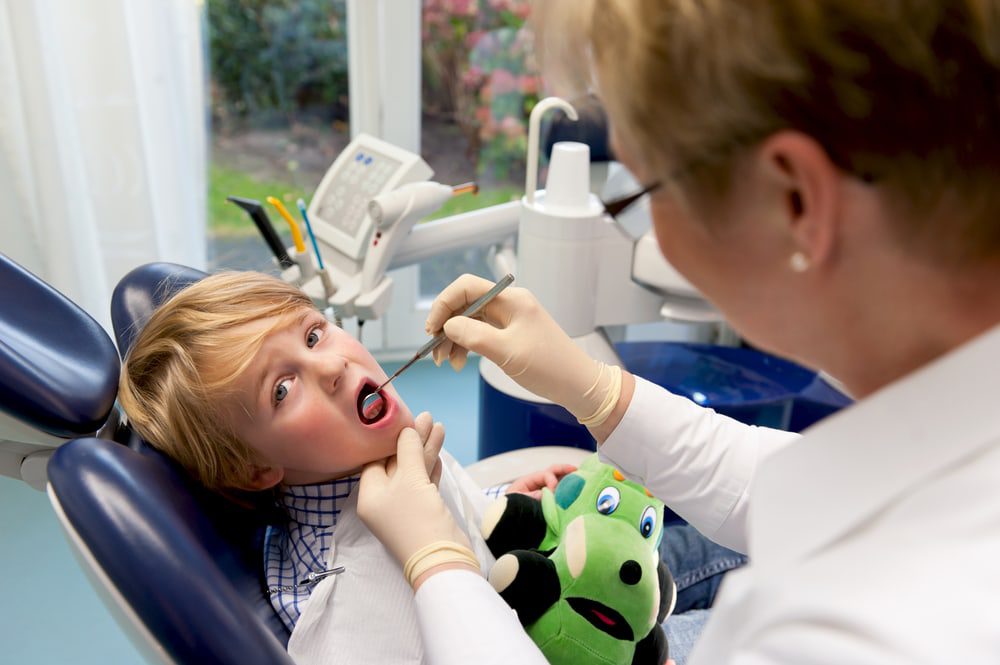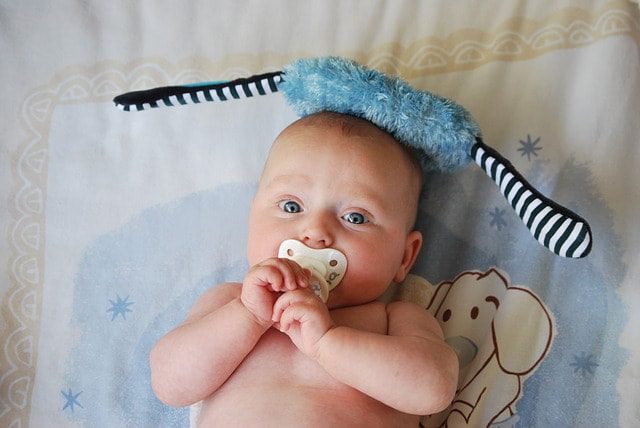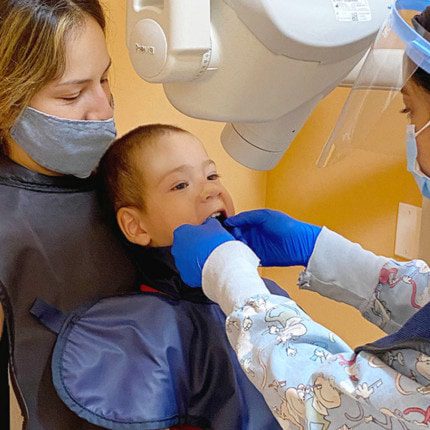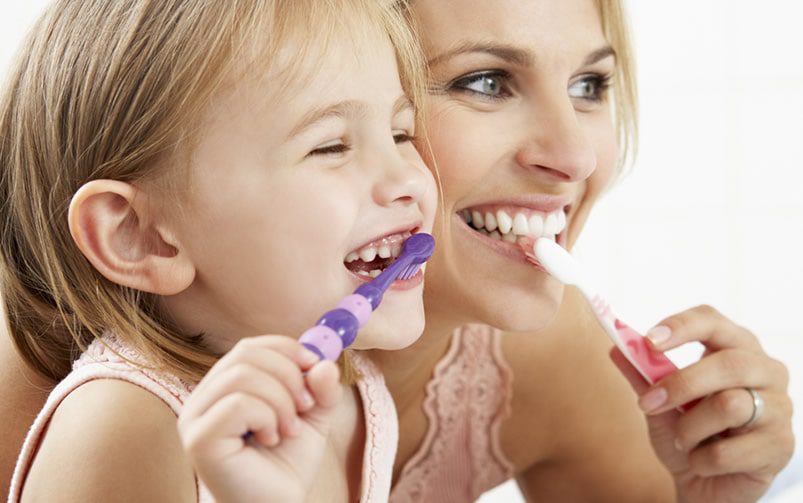Even before that first baby tooth erupts, your child’s teeth are being affected by their health and nutrition. Baby teeth serve an important role as they hold the proper position and spacing for the adult teeth that will begin to take up position. Protecting your child’s oral health, every step of the way, is part nutrition, part genetics, part home care and part professional check-ups and treatment. Altogether, these actions can help your child’s teeth serve them well for a lifetime.
And today’s dental technology and techniques can do a lot to repair damage, from injuries and decay. But there’s something that can be better than fixing damage, and that’s preventing it. Of course, good home care and professional cleanings are considered important parts of a preventive care plan. And there’s another tool we can use to help protect your children’s teeth from decay.
Protecting teeth with sealants
This preventive treatment works by placing a protective cover of sorts over teeth that are in difficult to reach places, typically both sets of permanent molars and some baby teeth if they’re in particular danger of getting cavities.
The sealant procedure
This non-invasive treatment takes only a few minutes per tooth, and can be broken down into these steps:
- The treatment is usually performed after we’ve cleaned the teeth
- Numbing isn’t necessary, but some children may require sedation, depending on their age and temperament
- An acid etch material is applied to the teeth and then washed off
- A special coating of white colored resin is placed on the bumpy surface of the back teeth
- It’s applied until it fills up the cracks and crannies where cavities are most likely to form
- A special light is touched to the teeth to harden the resin
The best time to consider sealants
That first set of permanent molars erupts about age six, the ideal to bring your child in to determine if sealants would be a good choice for him or her. The second molars erupt around age 12 and should also receive sealant protection.




